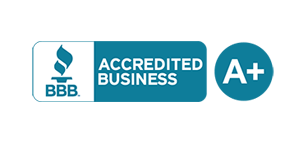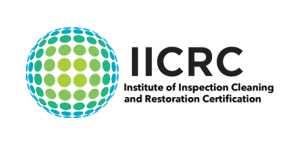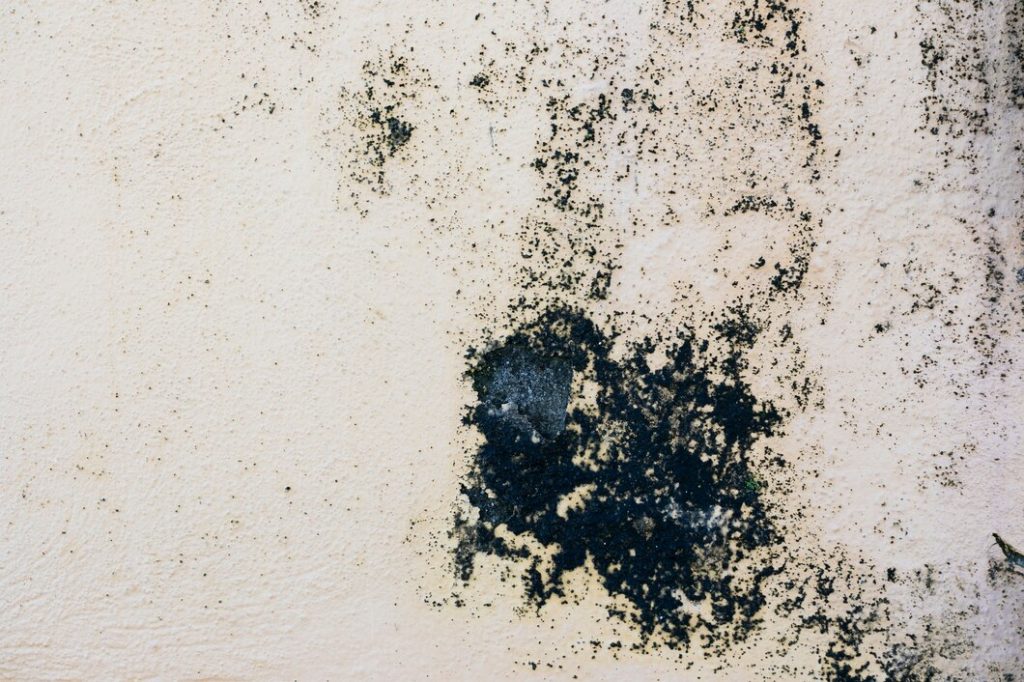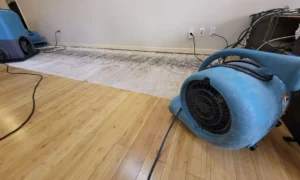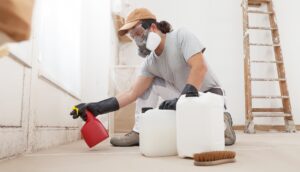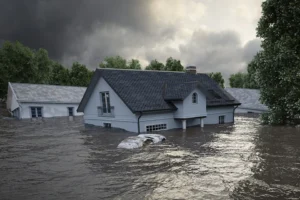When floods strike, the aftermath can be daunting, especially when it comes to dealing with potential mold growth. Mold not only poses a significant risk to your home’s structure but can also affect your health. That’s why understanding how to effectively prevent mold after flooding is crucial. In our experience helping homes in Mukilteo, WA, we’ve found that immediate and proper responses can significantly minimize the risk of mold taking root.
Understanding Mold: What It Is and Why It’s a Problem
Mold is a type of fungus that can grow indoors and outdoors, thriving in moist, warm environments. It reproduces by releasing spores into the air, which can be inhaled or adhere to surfaces, causing health issues and damage to properties. In homes, mold is not only a health hazard—linked to allergies, respiratory problems, and other illnesses—but it can also lead to significant structural damage if left unchecked. It can eat away at wood, ceiling tiles, and any other organic material it latches onto, compromising the integrity of a building.
Immediate Steps to Take After Flooding to Prevent Mold
After experiencing flooding, taking swift action can dramatically reduce the risk of mold development. Here’s how you can protect your property:
- Remove Standing Water: As soon as it is safe, start by removing any standing water. Use pumps or wet-dry vacuums to clear the water quickly.
- Dry Out Affected Areas: Increase ventilation to aid in the drying process. Open windows and doors and use fans to circulate air. Dehumidifiers can also be effective in reducing moisture.
- Remove Wet Items: Items such as carpets, furniture, and bedding that are soaked should be moved outside to dry if they are salvageable. This helps reduce the moisture load indoors.
- Disinfect and Sanitize: Once the water and moisture are managed, clean all wet surfaces with disinfectants to kill any pathogens and mold spores that might have started to grow.
These steps, when implemented quickly, can significantly mitigate the risk of mold taking hold, saving you from long-term issues and costly repairs.
Long-Term Strategies to Keep Your Home Mold-Free
Maintaining a mold-free home requires diligence and ongoing prevention strategies. After addressing any immediate moisture issues, it’s crucial to implement long-term measures to prevent mold’s return. First, improve airflow within your home. Use dehumidifiers and air purifiers in areas prone to dampness and ensure your HVAC system is regularly checked and filters are changed on schedule to help regulate moisture levels indoors. Secondly, repair any leaky faucets, pipes, and roofs promptly. Moisture from these sources can go unnoticed until mold starts appearing, making it important to stay vigilant.
Another essential strategy is keeping the house clean and dry. Frequently clean areas where mold is likely to grow – particularly in bathrooms, kitchens, and basements – using mold-resistant products. If you experience high humidity levels, consider investing in moisture-resistant paints and building materials for areas that are continuously exposed to moisture. These proactive steps not only limit the conditions mold needs to grow but also contribute to a healthier living environment.
How We Can Help You Combat Mold After Flooding
When you’re facing the aftermath of a flood, controlling and eventually eliminating mold can seem like an overwhelming task. That’s where our expertise comes in. We specialize in not just restoring your home from water damage but also in implementing anti-mold strategies effectively and efficiently. Our team starts by thoroughly drying out your property using advanced dehumidifying technology. We remove all porous materials that have been soaked and could potentially foster mold growth.
Following the drying process, we clean and sanitize the affected areas using EPA-approved antimicrobial treatments to kill any existing mold spores. We also evaluate your home’s overall susceptibility to mold, recommending structural or ventilation improvements as needed. Our preventive measures ensure the long-term safety and cleanliness of your home, giving you peace of mind that your space is protected from future mold problems.
As your home recovers from flooding, it’s not just about dealing with the immediate effects but also looking ahead to prevent future issues such as mold growth. By integrating these strategies into your recovery plan, your home not only bounces back quicker but becomes more resilient against future environmental threats. We are committed to restoring not just your property, but also your comfort and safety.
If your home has suffered damage and you’re concerned about mold, don’t wait until it becomes a bigger problem. Reach out to us at Northwest Restoration, and let us handle the restoration and mold remediation for you. Trust our expertise to bring your home back to its best condition.


